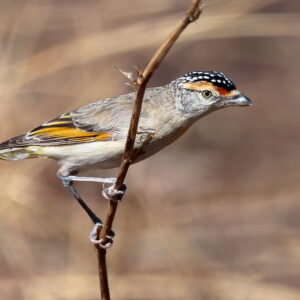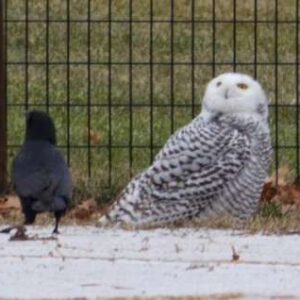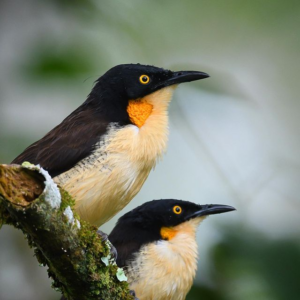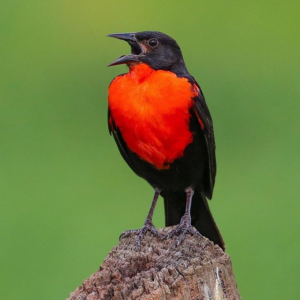A spectacular multicolored bird, a thoroughly unmistakable bird trying to survive in a very restricted range!
Meet the Seven Colored Tanager
A medium-sized tanager, the seven-colored tanager (Tangara fastuosa), measuring 5.1 – 5.3 inches (13 – 13.5 cm ) in length and weighing in at about 0.7 – 0.9 oz (21.1 – 24.8 grams) The head, chin and back (mantle) is a striking turquoise-green. The large bill, throat, and surrounding areas are black.

The back is black extending over the shoulders.
The chest is bright blue turning a darker ultramarine on the abdomen.
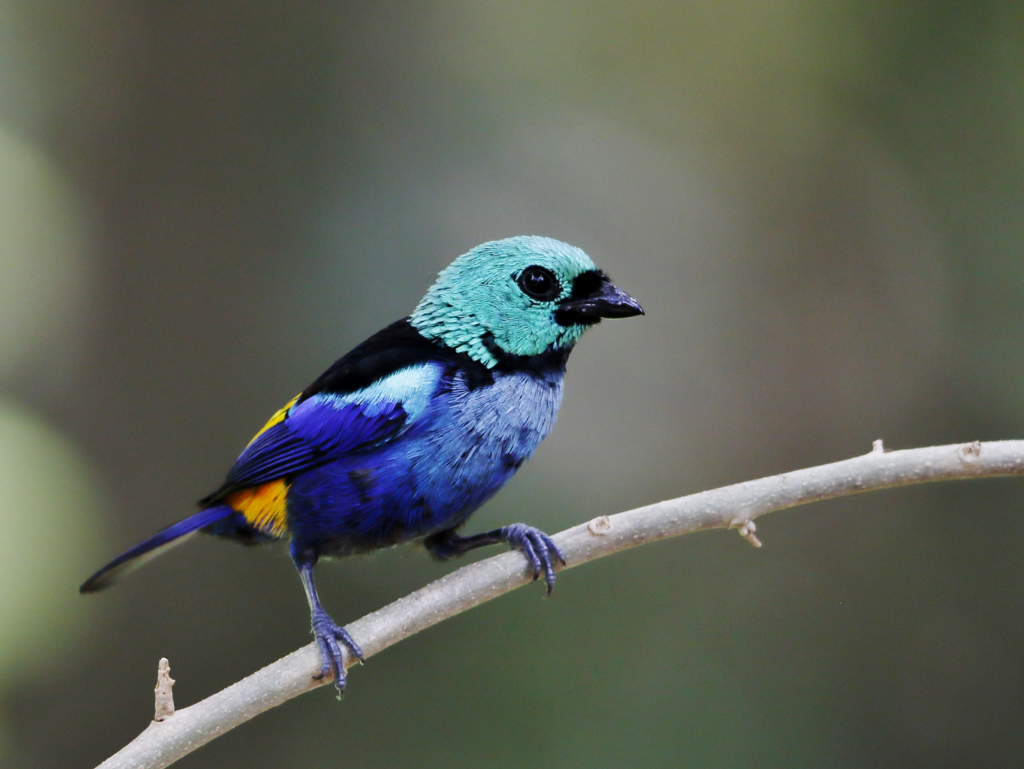
“File:Tangara fastuosa – Seven colored Tanager; Maceió, Alagoas, Brazil.jpg” by Hector Bottai is licensed under CC BY-SA 4.0.
Females can be identified by their duller plumage.
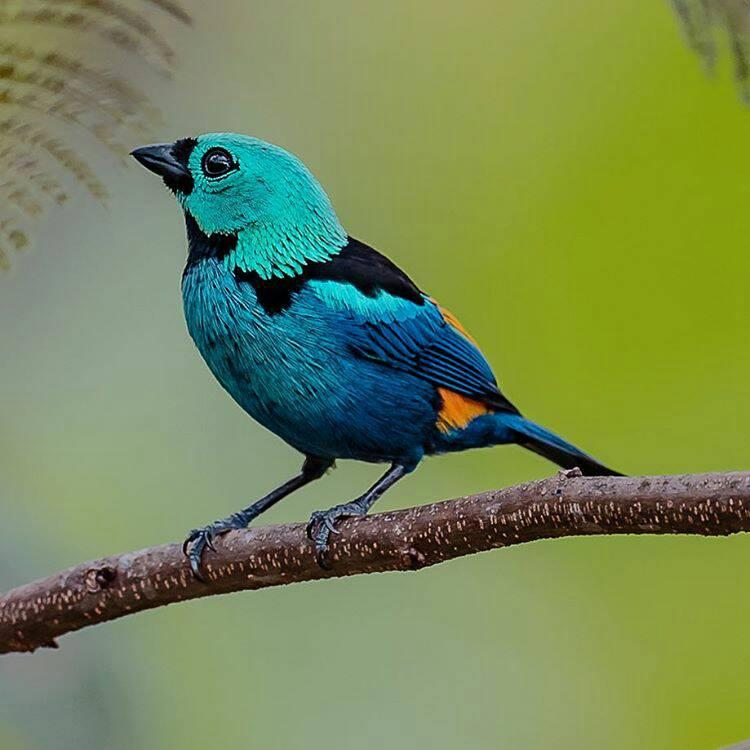
This bird is endemic to north-eastern Brazil, clinging to survival in its forest remnants.
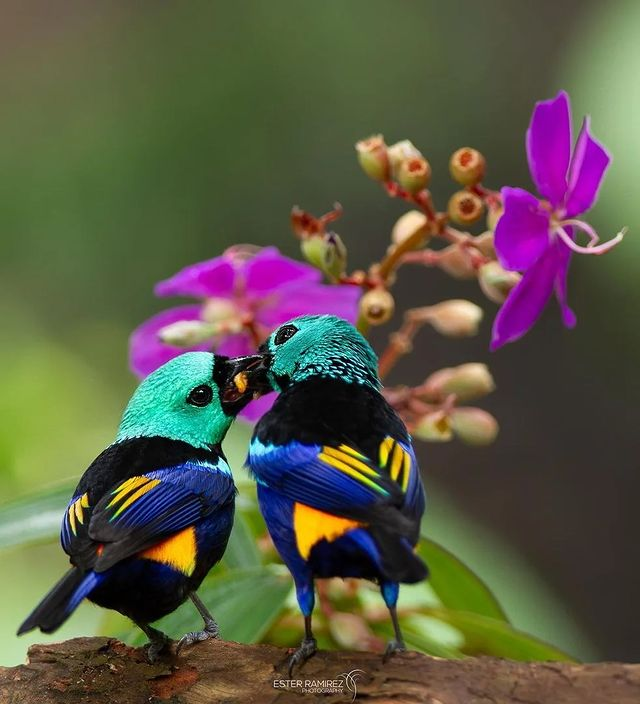
They survive in severely fragmented, mature lowland and montane Atlantic and humid forests, as well as severely degraded, bushy second growth, and some urban locations. Their main requirement is the availability of trees with bromeliads growing on them (needed for nesting).
View this post on Instagram
A post shared by ALL TYPES OF BIRDS (@raw_birds)
Seven-colored Tanagers dine mostly on seeds, fruits, berries, and occasionally arthropods (insects, spiders, worms, etc.). They like to forage in the forest canopy, along the forest edge; in second-growth (1 – 2 meters or 3.3 – 6.6 feet high); as well as in urban gardens, parks, and orchards.
View this post on Instagram
A post shared by birds.nature (@birds.nature)
In their natural range in Brazil, most breeding occurs in the spring and summer, which is between October and March. These tanagers reach reproductive age when they are about one year old. Nests are constructed out of twigs and placed into dense mid-story vegetation – usually in large bromeliads that are attached to trees at least 50 feet (15 meters) off the ground. The average clutch consists of 3 – 4 eggs, which are incubated for about 15 – 17 days to hatching.
These birds are classified as Vulnerable (VU) on the IUCN Red List.

Photo Courtesy of EvaldoJr / CC BY-SA 3.0
You can watch his bird right here in the video below:
